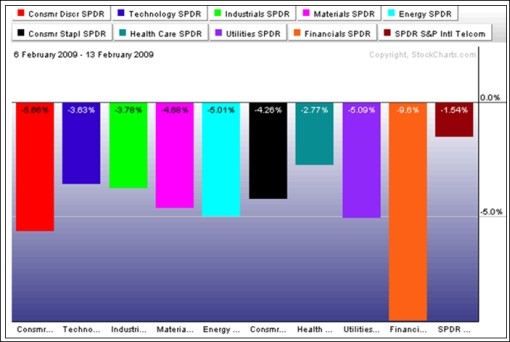ETFs V Bars What Lies Ahead In Q3
Post on: 16 Июль, 2015 No Comment

Stay Connected
While the second quarter saw demand for gold bars making up for a flight out of gold ETFs, one market strategist says there may be challenges to a further increase in demand for the physical commodity in the third quarter.
In its Gold Demand Trends report for Q2 2013, the World Gold Council confirmed the continuation of a trend first spotted in Q1: a significant outflow from ETFs while investment in gold bars and coins reached a record level.
The WGC attributes the acceleration in ETF outflows to a number of hedge funds and speculative investors exiting their positions in reaction to predictions of US economic recovery.
The prospect of the US government tapering quantitative easing by the end of 2013 had a disproportionate downward impact on the gold price as some investors in ETFs saw their key rationale for seeking a safe haven in gold fade, which the organization says resulted in a reduction of more than 400 tonnes in ETF holdings last quarter. The WGC also reported that the average gold price in Q2 was $1,415 per ounce, down 12% on Q2 2012.
The WGC says the two sectors deviated even more in Q2, with record demand for gold bars and coins moderately exceeding record ETF outflows.
However, while ETFs may continue to contract, we expect the pace to slow as the holder base becomes stickier. Bar and coin demand may struggle to maintain the exceptional levels of the past quarter, however it has solid underpinnings — most notably in the Asian markets, says the report.
Indeed, the WGC notes that India and China accounted for about half of total bar and coin demand in the quarter.
In terms of coins/bar investment vs. ETFs, Charles Gibson, director and mining sector head at Edison Investment Research in London, also perceives this as an East/West issue.
The West tends to be happy investing in paper derivatives of gold; the East tends to want to hold the metal. So my interpretation of recent flows is the West selling ETFs, which then liquidate the underlying metal, which is then bought by Eastern investors. Given the Easts fundamental creditor status and the Wests debtor status, I would expect this trend to continue for some time (or at least until Treasuries offer a real yield), he explains.
But Donald Selkin, chief market strategist at National Securities, says currency factors may slow down buying in the nearer term. The Indian rupee currency just recently reached an all-time low against the dollar. that’s going to inhibit the demand somewhat from that country, because gold is priced in dollars, he says.
Ultimately, Selkin expects gold to be extremely sensitive to economic data coming out in the next month or so, including the next US jobs report, and the Federal Reserve’s decision in September with regard to whether to taper quantitative easing.
That will determine whether the outflows from the ETFs will continue or whether people will feel comfortable in putting money back in, says Selkin.
The SPDR Gold Shares ETF (NYSEARCA:GLD ) has seen $2.35 billion in outflows so far in the third quarter (to August 20), compared to $11.5 billion in outflows in Q2, according to IndexUniverse.
Gibson says real US interest rates are the key here.
It makes sense for investors to reduce gold holdings if they perceive interest rates to be likely to rise relative to inflation. But it makes sense for them to reinvest in gold in the event of inflation rising relative to interest rates. Personally, I think that inflation will rise before interest rates, and interest rates will probably only rise as a reaction to increased inflation, says Gibson.
As a result, Im still quite happy to invest in gold, especially with a large chunk of QE3 still to be disbursed, he adds.














